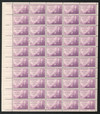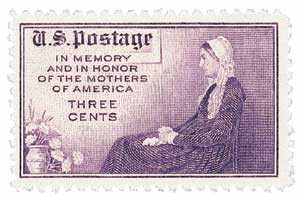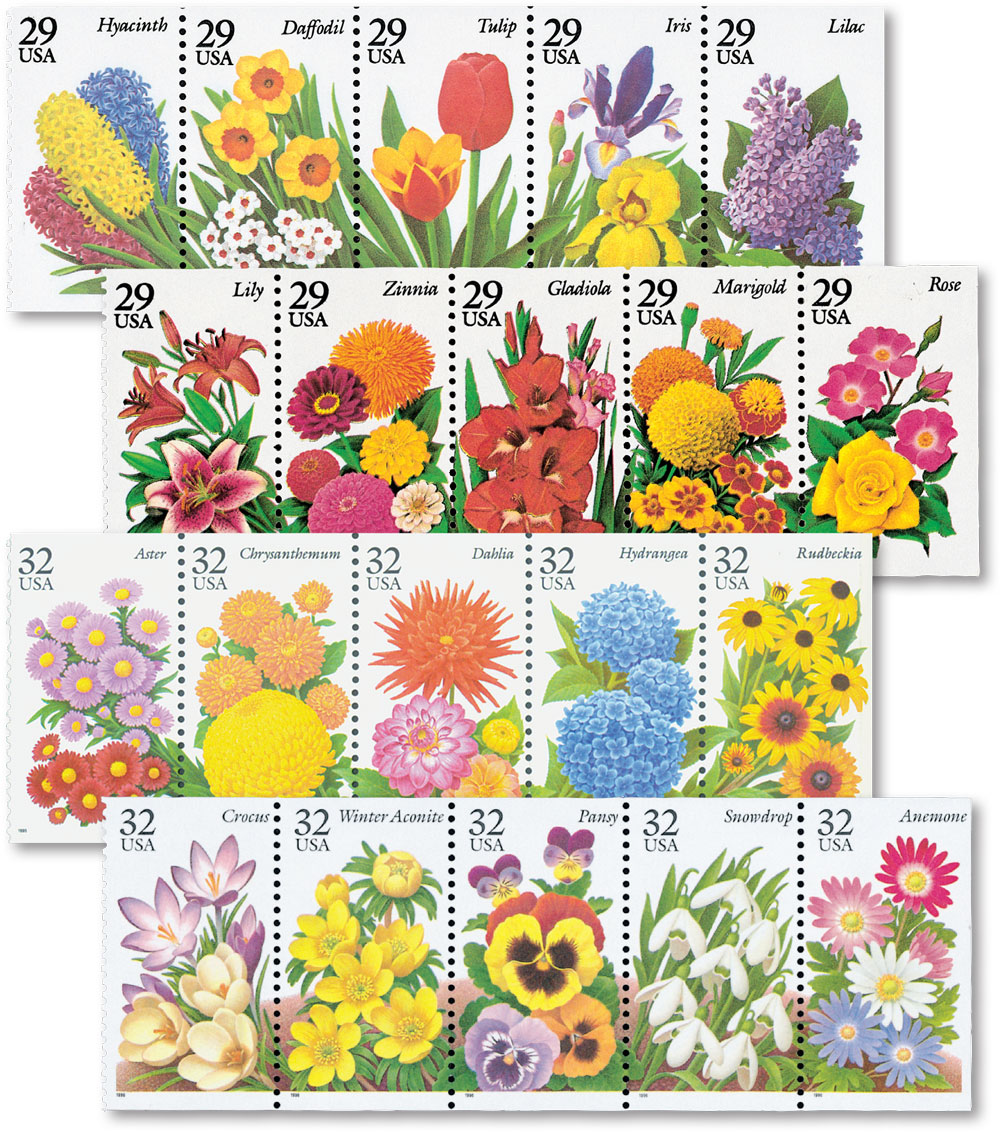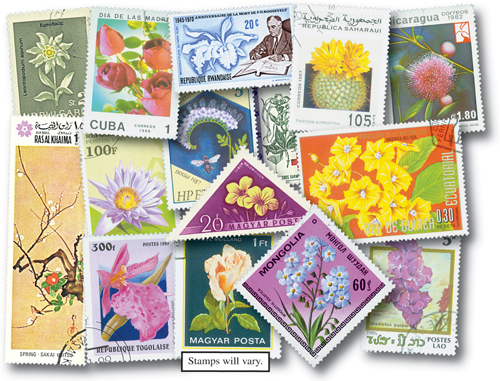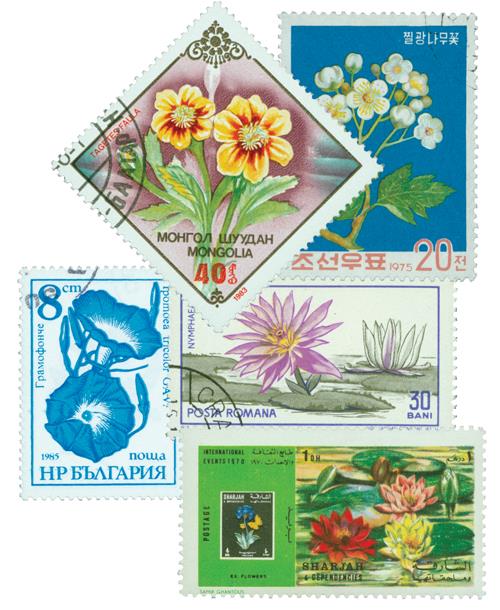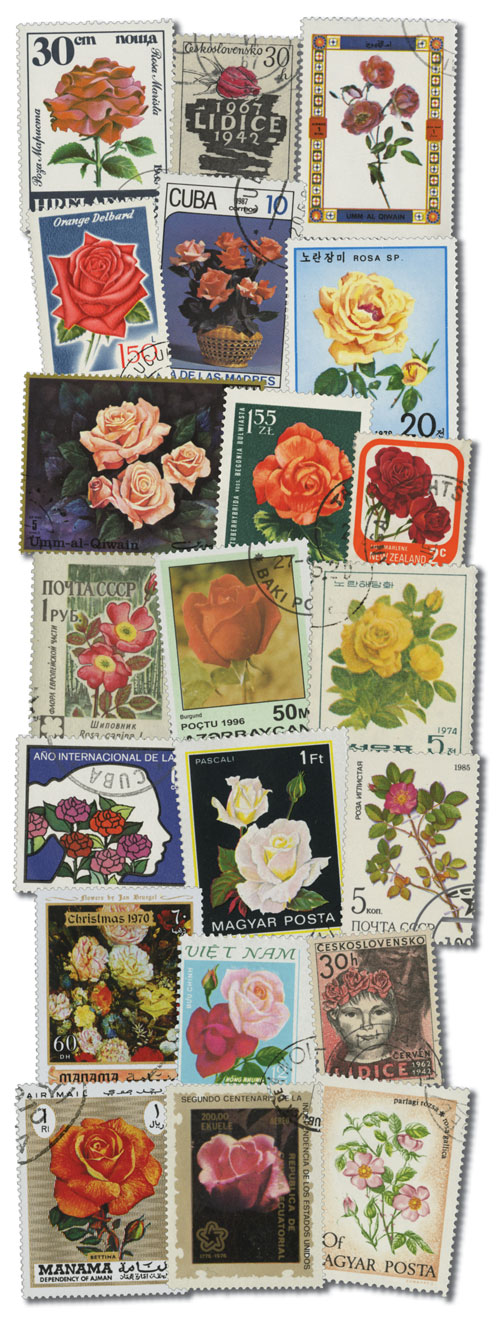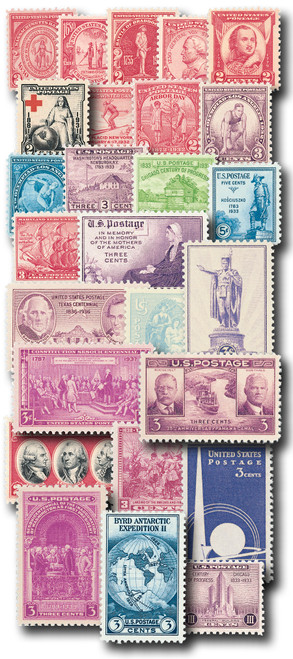
# 737 - 1934 3c Mothers of America, Rotary press
U.S. #737
1934 3¢ Mothers of America
Rotary Printing, Perforated 11 x 10.5
Issue Date: May 2, 1934
First City: Any city
Quantity Issued: 193,290,100
Issued for use on Mother's Day mail in tribute to the Mothers of America, and illustrates a reproduction of the painting by James A. Whistler, "Portrait of My Mother."
Two perforated varieties of this stamp were produced, each on a different press. One is a perf. 11 x 10 1/2 rotary stamp, the other a perf. 11 flat plate stamp.
The First Mother’s Day
In the 1800s, many women’s groups worked to create holidays to promote peace, including special meetings of mothers whose sons had fought or died on opposing sides of the Civil War. In 1868, Ann Jarvis formed a committee to create a Mother’s Friendship Day “to reunite families that had been divided during the Civil War.”
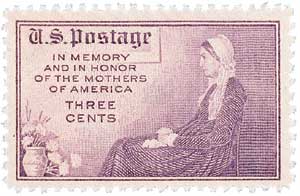
Previously, Jarvis had also created Mother’s Day Work Clubs to promote more sanitary conditions for Union and Confederate soldiers suffering from a typhoid outbreak. Jarvis hoped to create an annual holiday to celebrate mothers. In the late 1800s, there were lots of specialized celebrations, such as Children’s Day, Temperance Sunday, Roll Call Day, Decision Day, and Missionary Day. On June 2, 1872, Julia Ward Howe held a Mother’s Day for Peace anti-war demonstration and made an “appeal to womanhood throughout the world.” Howe led similar observances in Boston for about 10 years, but they eventually stopped.
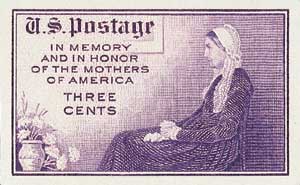
Another early observance came on May 13, 1877, in Albion, Michigan. At the time, it was reported that three temperance advocates were forced at gunpoint to spend a night in a saloon and become drunk. After hearing of this, Juliet Calhoun Blakeley addressed the congregants of a local church and urged mothers to join her temperance cause. Her sons, who were traveling salesmen, were moved by their mother’s speech and promised to return home every year to honor her, as well as convince their business contacts to do the same. By the early 1880s, the Methodist Episcopal Church in Albion had set aside the second Sunday in May to honor mothers.
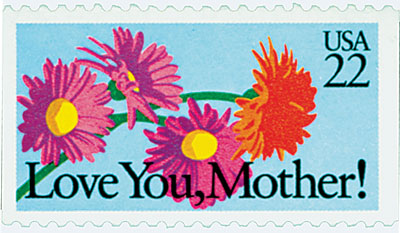
However, none of these celebrations caught on nationwide. Anna Jarvis, daughter of Ann Jarvis, is often credited as the founder of Mother’s Day. After her mother died in 1905, Anna became even more dedicated to establishing an official Mother’s Day observance. On May 12, 1907, she held a small service at Andrew’s Methodist Episcopal Church in Grafton, West Virginia, where her mother had taught Sunday school. Then the following year she staged what’s recognized as the first official Mother’s Day, on May 10, 1908. The celebration included a church service as well as a larger ceremony at the Wanamaker Auditorium in Philadelphia. By the following year, Mother’s Day was being celebrated in New York.
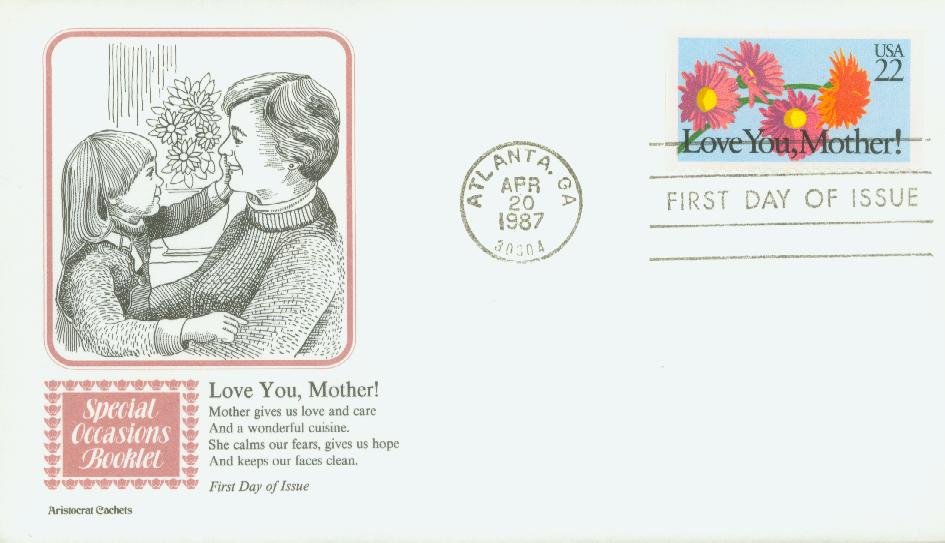
From there, Jarvis wanted to make Mother’s Day a US holiday, and eventually an international holiday. In 1910, West Virginia declared it an official holiday, and other states quickly followed. Then in 1913, the House of Representatives called on the president and all federal officials to wear white carnations on May 11 to honor Mother’s Day.
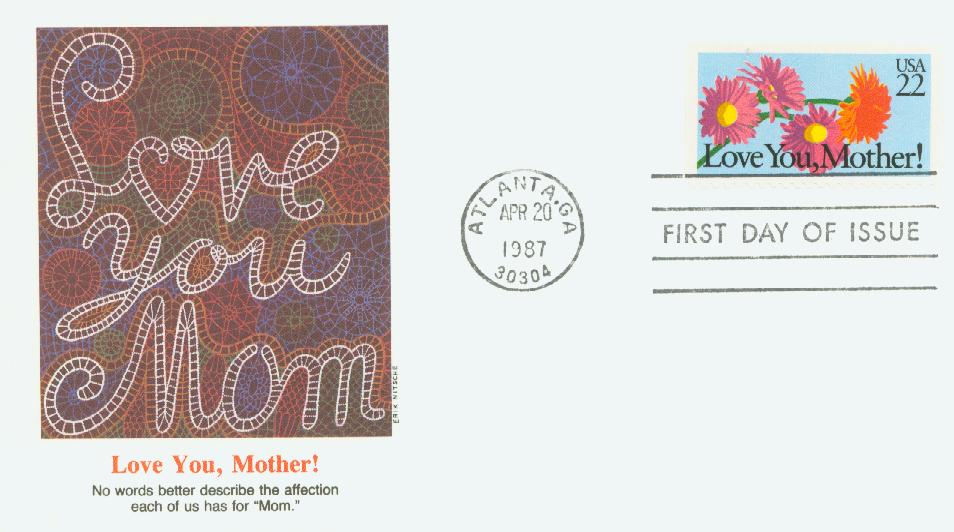
On May 8, 1914, Congress passed a law establishing the second Sunday in May as Mother’s Day. The next day, President Woodrow Wilson issued an official proclamation declaring the first Mother’s Day (which you can read here). The proclamation called for Americans to hang their flags to honor the mothers whose sons had died in a war.
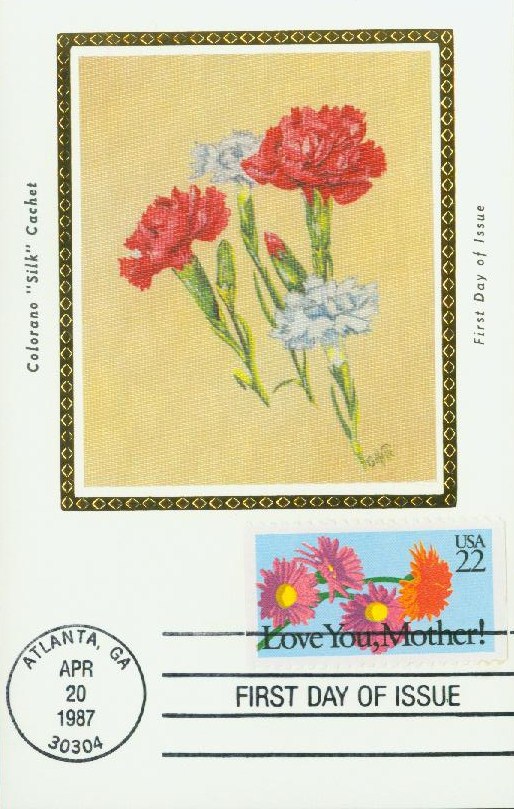
Though she had succeeded in her goal, Jarvis grew upset in the coming years over the commercialization of Mother’s Day. She objected to companies, such as Hallmark Cards, making a profit, and encouraged people to write handwritten letters rather than buy gifts. She even protested at a candy makers convention and a meeting of the American War Mothers, who sold carnations on Mother’s Day. Years later, the church in Grafton, West Virginia was incorporated as the International Mother’s Day Shrine and declared a National Historic Landmark. Today, most countries celebrate Mother’s Day, though not all on the second Sunday of May as we do in the US.
Flowers are one of the most popular Mother’s Day gifts. How about a bouquet of flower stamps?
U.S. #737
1934 3¢ Mothers of America
Rotary Printing, Perforated 11 x 10.5
Issue Date: May 2, 1934
First City: Any city
Quantity Issued: 193,290,100
Issued for use on Mother's Day mail in tribute to the Mothers of America, and illustrates a reproduction of the painting by James A. Whistler, "Portrait of My Mother."
Two perforated varieties of this stamp were produced, each on a different press. One is a perf. 11 x 10 1/2 rotary stamp, the other a perf. 11 flat plate stamp.
The First Mother’s Day
In the 1800s, many women’s groups worked to create holidays to promote peace, including special meetings of mothers whose sons had fought or died on opposing sides of the Civil War. In 1868, Ann Jarvis formed a committee to create a Mother’s Friendship Day “to reunite families that had been divided during the Civil War.”

Previously, Jarvis had also created Mother’s Day Work Clubs to promote more sanitary conditions for Union and Confederate soldiers suffering from a typhoid outbreak. Jarvis hoped to create an annual holiday to celebrate mothers. In the late 1800s, there were lots of specialized celebrations, such as Children’s Day, Temperance Sunday, Roll Call Day, Decision Day, and Missionary Day. On June 2, 1872, Julia Ward Howe held a Mother’s Day for Peace anti-war demonstration and made an “appeal to womanhood throughout the world.” Howe led similar observances in Boston for about 10 years, but they eventually stopped.

Another early observance came on May 13, 1877, in Albion, Michigan. At the time, it was reported that three temperance advocates were forced at gunpoint to spend a night in a saloon and become drunk. After hearing of this, Juliet Calhoun Blakeley addressed the congregants of a local church and urged mothers to join her temperance cause. Her sons, who were traveling salesmen, were moved by their mother’s speech and promised to return home every year to honor her, as well as convince their business contacts to do the same. By the early 1880s, the Methodist Episcopal Church in Albion had set aside the second Sunday in May to honor mothers.

However, none of these celebrations caught on nationwide. Anna Jarvis, daughter of Ann Jarvis, is often credited as the founder of Mother’s Day. After her mother died in 1905, Anna became even more dedicated to establishing an official Mother’s Day observance. On May 12, 1907, she held a small service at Andrew’s Methodist Episcopal Church in Grafton, West Virginia, where her mother had taught Sunday school. Then the following year she staged what’s recognized as the first official Mother’s Day, on May 10, 1908. The celebration included a church service as well as a larger ceremony at the Wanamaker Auditorium in Philadelphia. By the following year, Mother’s Day was being celebrated in New York.

From there, Jarvis wanted to make Mother’s Day a US holiday, and eventually an international holiday. In 1910, West Virginia declared it an official holiday, and other states quickly followed. Then in 1913, the House of Representatives called on the president and all federal officials to wear white carnations on May 11 to honor Mother’s Day.

On May 8, 1914, Congress passed a law establishing the second Sunday in May as Mother’s Day. The next day, President Woodrow Wilson issued an official proclamation declaring the first Mother’s Day (which you can read here). The proclamation called for Americans to hang their flags to honor the mothers whose sons had died in a war.

Though she had succeeded in her goal, Jarvis grew upset in the coming years over the commercialization of Mother’s Day. She objected to companies, such as Hallmark Cards, making a profit, and encouraged people to write handwritten letters rather than buy gifts. She even protested at a candy makers convention and a meeting of the American War Mothers, who sold carnations on Mother’s Day. Years later, the church in Grafton, West Virginia was incorporated as the International Mother’s Day Shrine and declared a National Historic Landmark. Today, most countries celebrate Mother’s Day, though not all on the second Sunday of May as we do in the US.
Flowers are one of the most popular Mother’s Day gifts. How about a bouquet of flower stamps?






